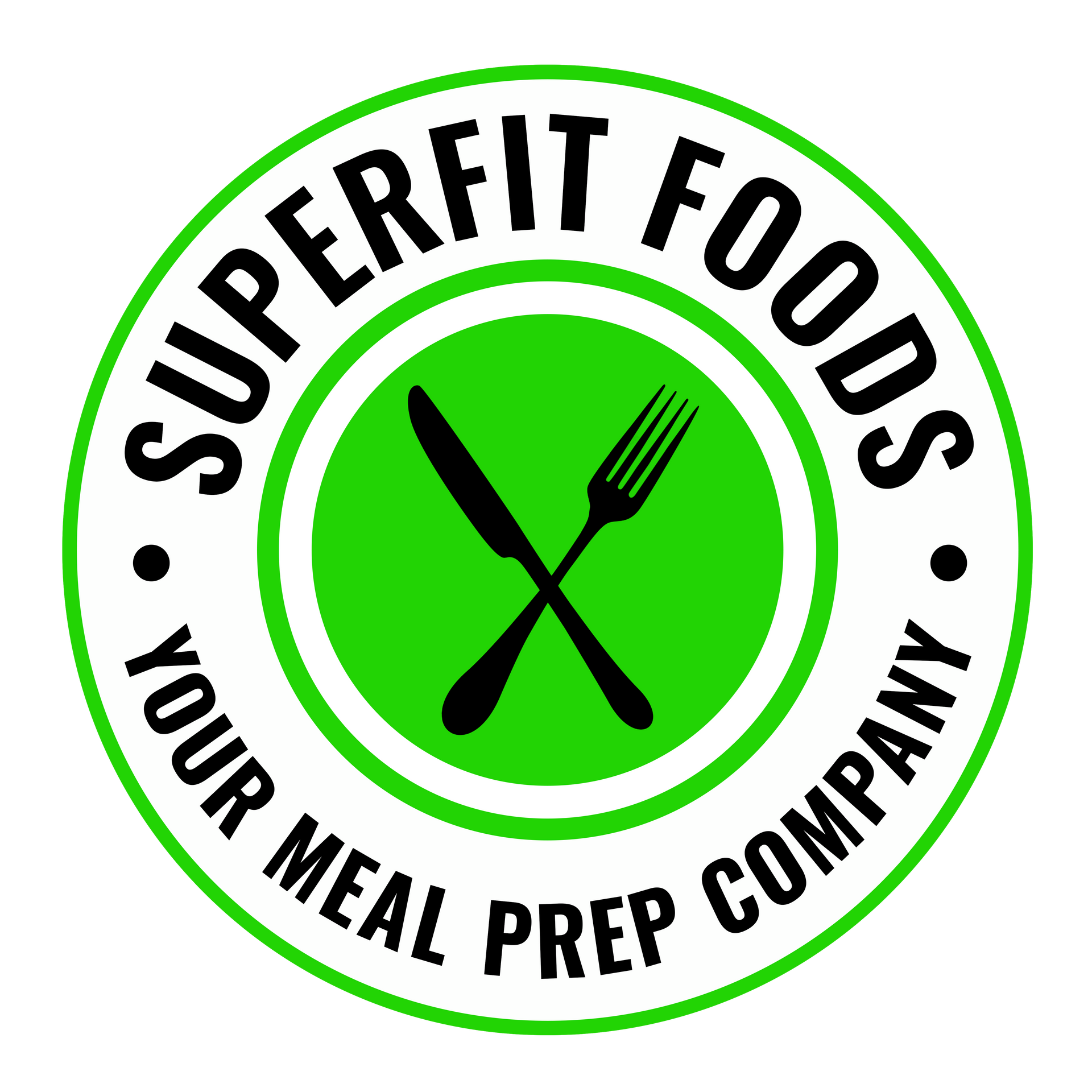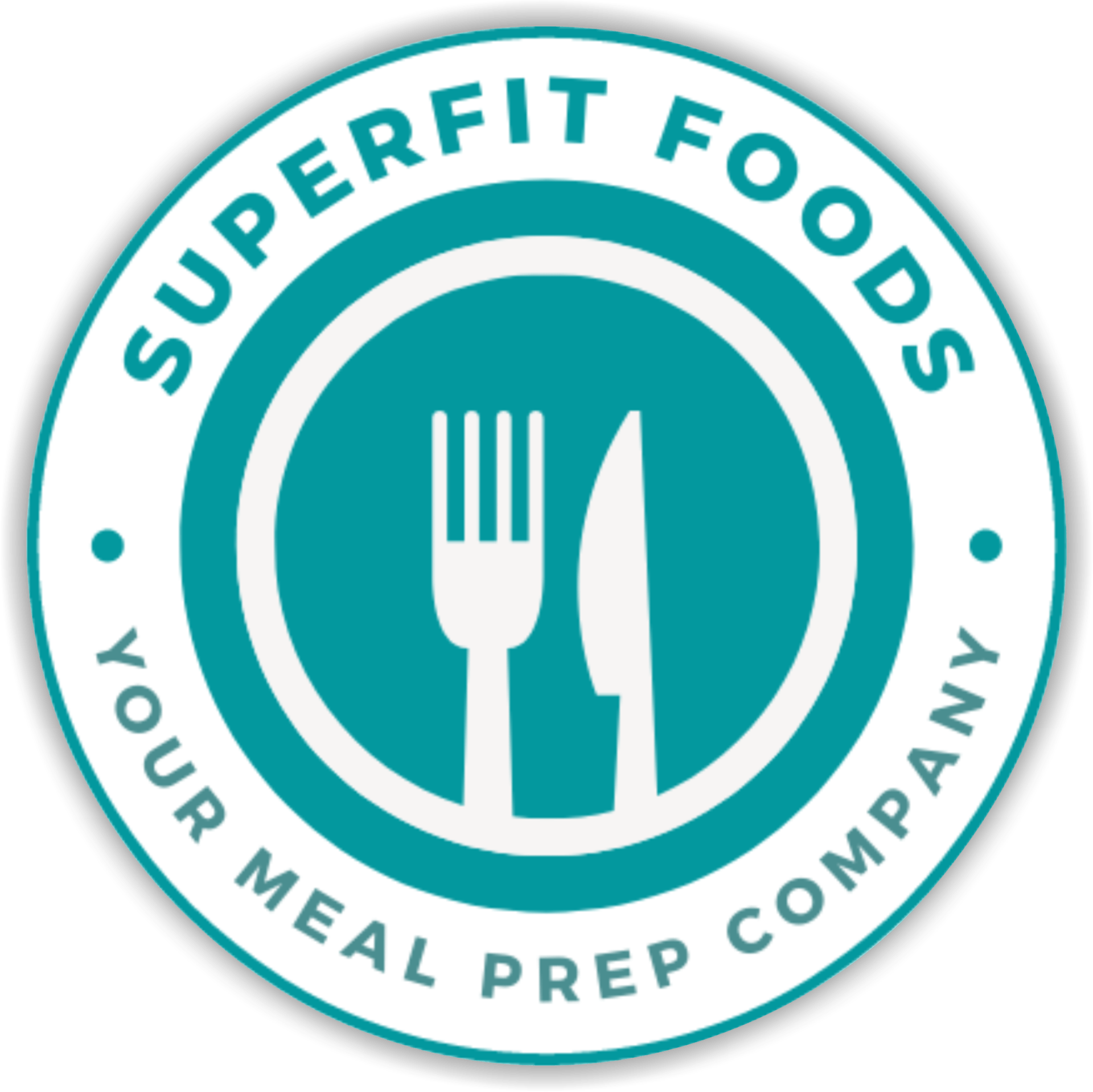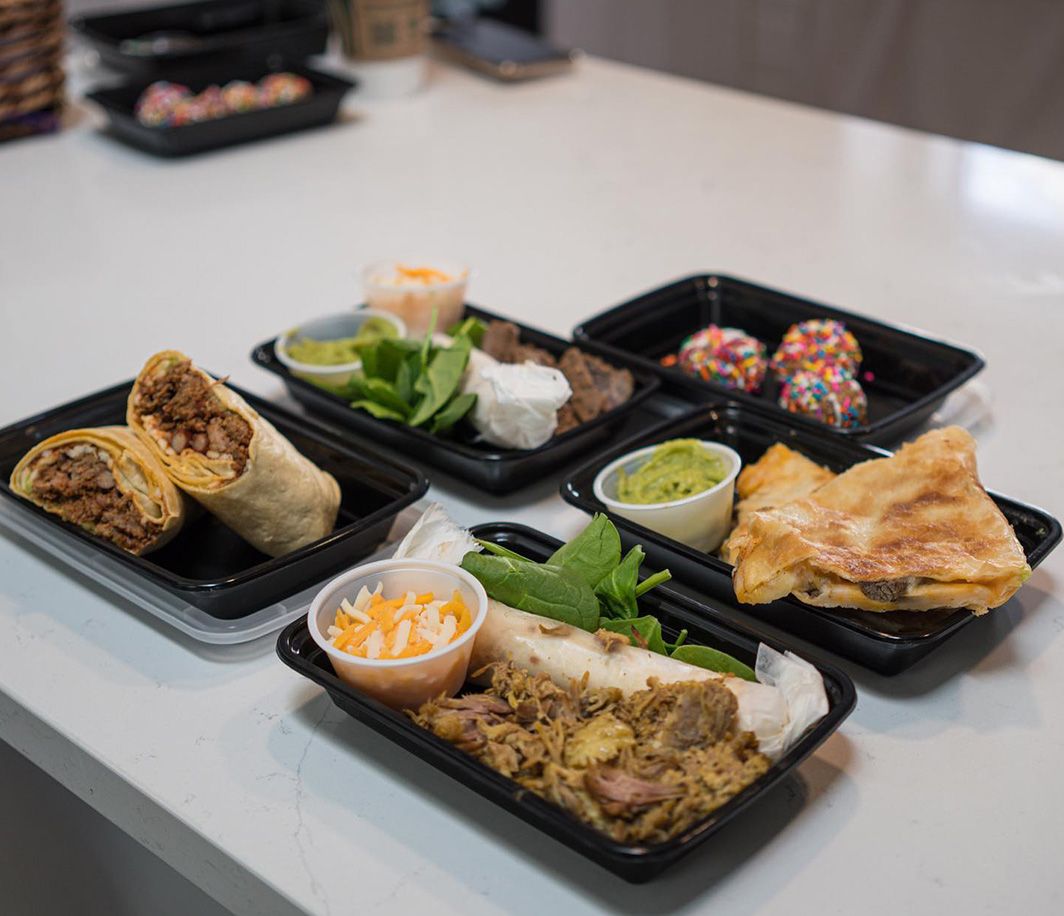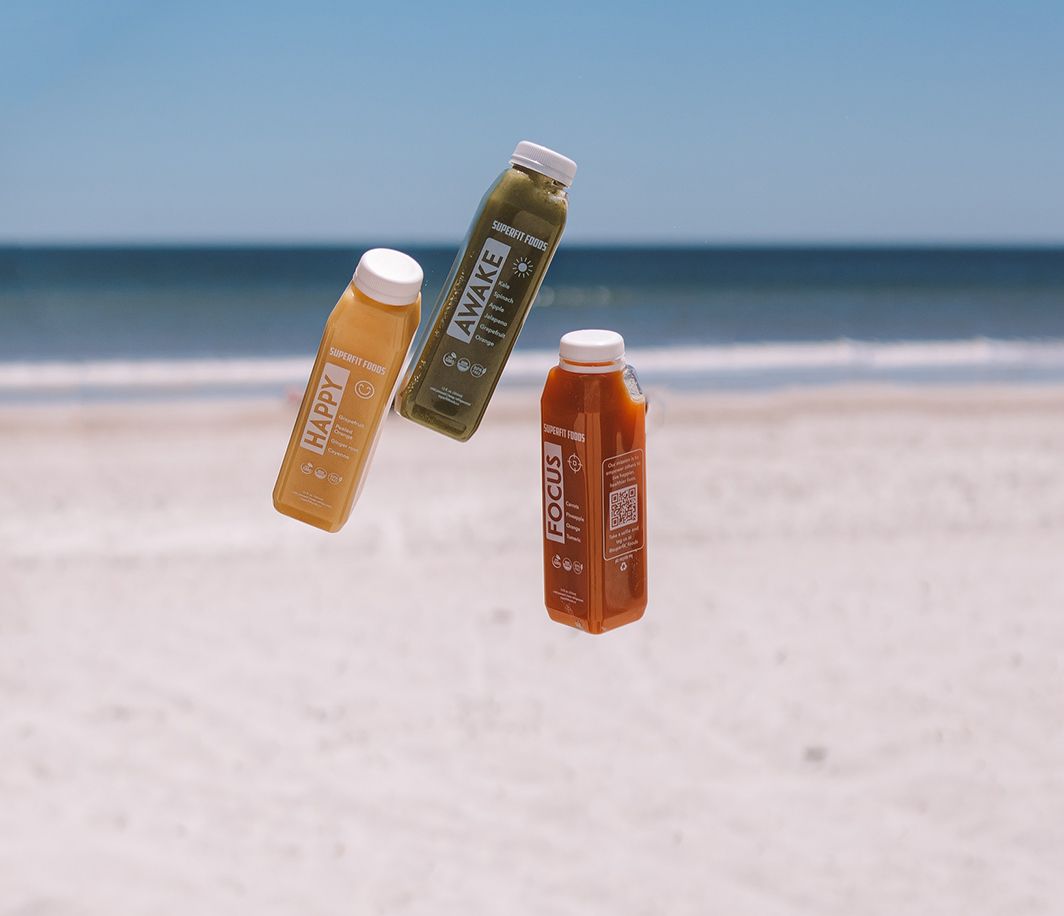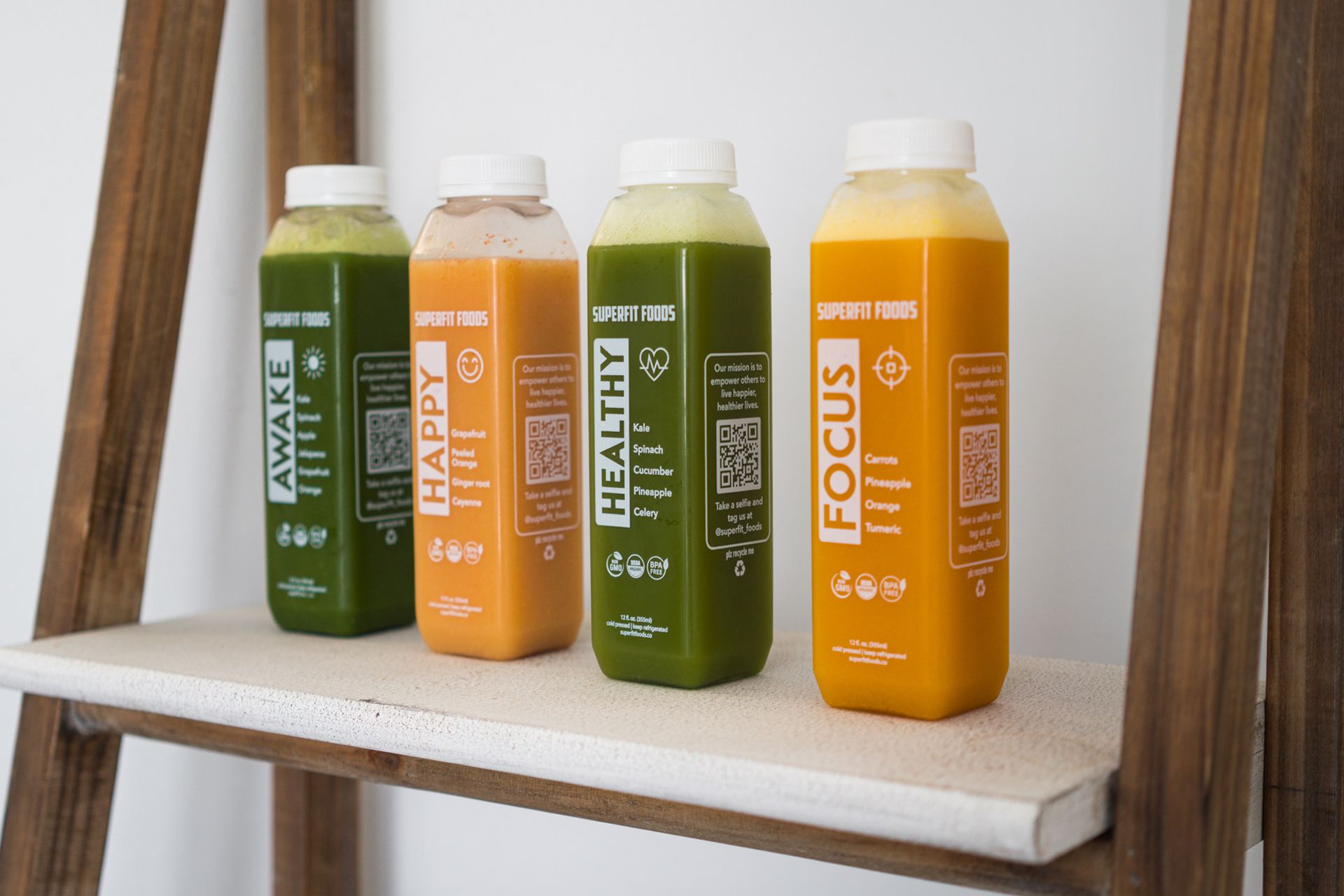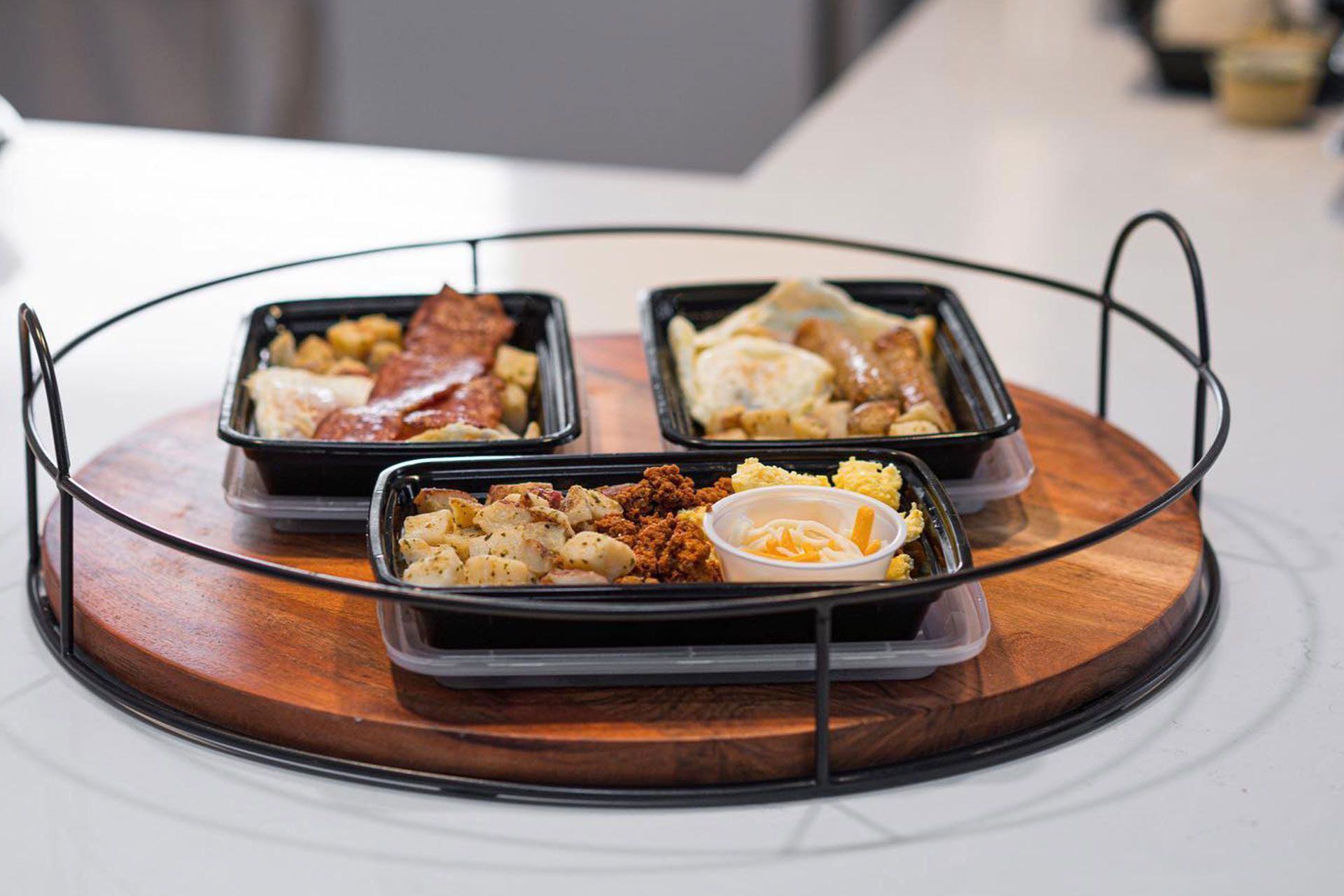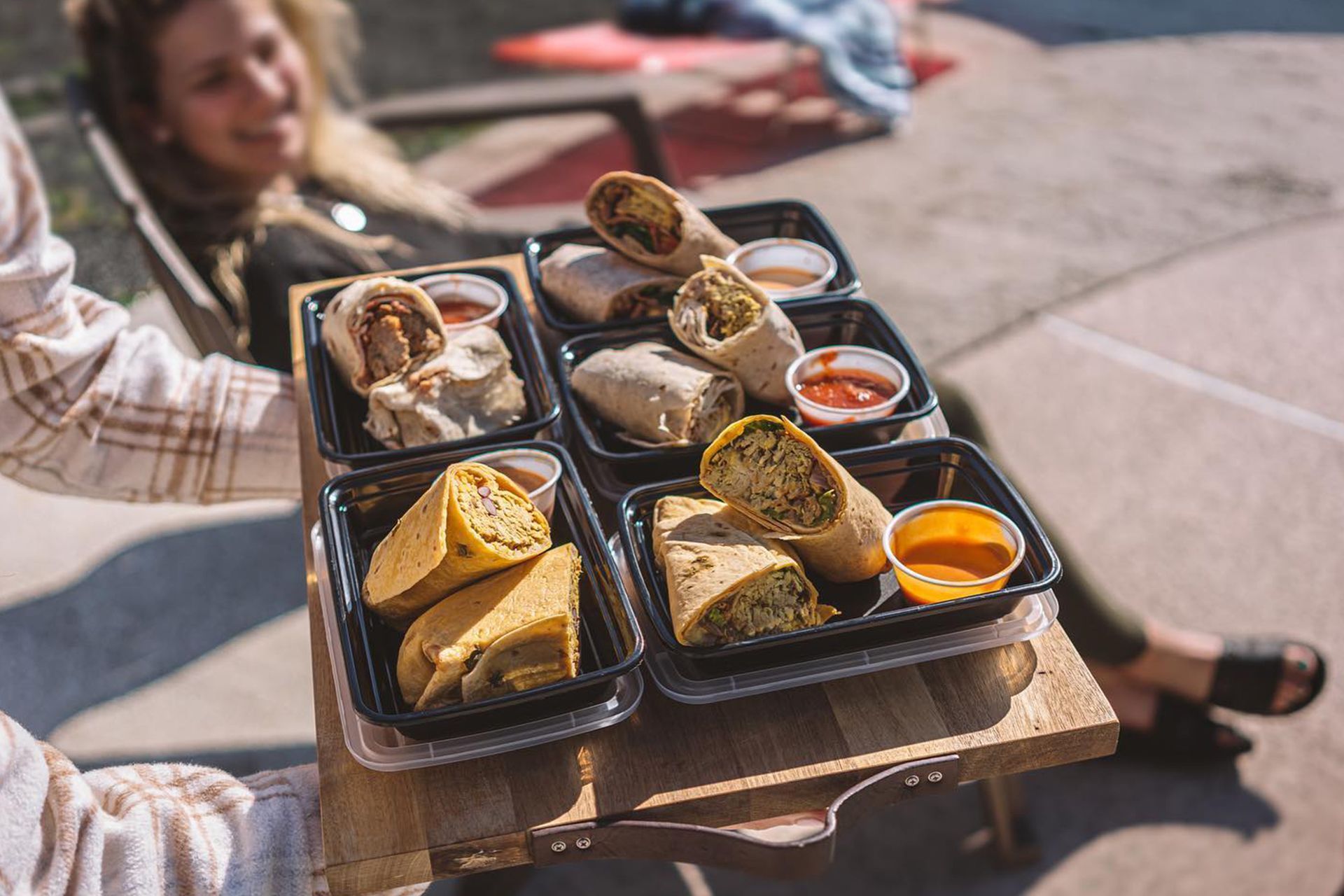What EXACTLY is the Paleo Diet?
The phrase “Paleo Diet” has been around since 2002, and popular since 2012, but so many people are still unsure of what exactly it is. In this article, I’m going to make it very simple for you. I will outline the history of the diet, what you can and can’t eat, pros and cons and takeaways based off of my opinion and experience trying the diet.
1. THE HISTORY
Otherwise known as the Paleolithic Diet, Caveman Diet, or Stone Age Diet, it is believed that our prehistoric ancestors ate this way during the paleolithic era of 2.6 million years ago to about 10 thousand years ago.
The idea of a Paleolithic diet can be traced to a 1975 book by gastroenterologist Walter L. Voegtlin , which in 1985 was further developed by Stanley Boyd Eaton and Melvin Konner , and popularized by Loren Cordain in his 2002 book The Paleo Diet.
In 2012 the Paleolithic diet was described as being one of the “latest trends” in diets, based on the popularity of diet books about it; in 2013 the diet was Google ‘s most searched weight-loss method. (1)
2. WHAT YOU CAN HAVE
- Lean meat, such as chicken, turkey, pork, lean beef, and buffalo (bison)
- Fish
- Seafood
- Fresh fruit
- Non-starchy vegetables, such as lettuce, asparagus, green beans, broccoli, cabbage, Brussels sprouts, cauliflower, and spinach
- Nuts, like almonds, walnuts, cashews, pecans, and pistachios (no peanuts)
- Seeds, like pumpkin and sunflower
- Eggs
- Plant-based oils, such as olive, walnut, grapeseed, and coconut oil (2)
- Sweet Potato (optional and somewhat debatable)
- I won’t go entirely down the rabbit hole here, but some people choose not to eat potatoes, and even sweet potatoes, because of where they land on the Glycemic Index. During the Caveman era, there was no Glycemic Index and I am 99% sure that these people did not care about starchy foods because they ate to survive, not to “stay in shape”.
3. WHAT YOU CAN’T HAVE
- Grains, such as oats, wheat, barley, and rice — which means no cereal, bread, pasta, bagels, crackers, or granola bars
- Starchy vegetables, such as potatoes and corn, as well as potato and corn chips, tortillas, and popcorn
- Legumes or beans — so no peanuts or peanut butter; no soy foods, such as soy milk, tofu, or edamame; no hummus or beans of any kind
- Dairy products — so no milk, yogurt, cheese, or ice cream
- High-fat meats, such as salami, bologna, pepperoni, hot dogs, ground meat, rib roast, and ribs
- Sugars, such as in soda, honey, jam or jelly, syrup, candy, cakes, cookies, and sports drinks
- Processed foods or trans fats, such as doughnuts, French fries, fruit snacks, or macaroni and cheese
- Salty foods, such as crackers, chips, pretzels, soy sauce, added-salt foods, or sports drinks
4. THE PROS
Limited trials and research have shown that by adopting the Paleo Diet, you can experience:
- More weight loss
- Improved glucose tolerance
- Better blood pressure control
- Lower triglycerides
- Better appetite management
All of which can arguably be a result of restricting processed foods, sugar and transfats.
5. THE CONS
- It can get expensive
- Limited calcium
- Limited fiber
- This diet can be difficult for vegetarians, especially since it excludes beans.
- Most athletes need between 3 to 6 grams of carbs per pound of their body weight, per day. This would be very hard to do with just fruits and vegetables.
- It’s extremely specific and restrictive – and that can be stressful
- There are no calorie restrictions – and some people need more structure in order to adopt a diet and be successful
6. MY TAKEAWAYS FROM MY RESEARCH AND AFTER TRYING THE DIET
There is clear evidence that the Paleo Diet has many great healthy benefits. But so does generally watching your intake of things like sugar, processed foods and transfats. As I always say about any diet trend: “if you can realistically commit to it long term, give it a try”. No diet should ever make you more stressed than you were before you started it. Being healthy is not about looking a certain way but feeling a certain way. If the pros outweigh the cons for you, go for it!
Read more about my experience with the paleo diet here: /how-do-i-feel-about-paleo-after-doing-one-week-of-it/
Resources:
The post What EXACTLY is the Paleo Diet? appeared first on SUPERFIT FOODS.
